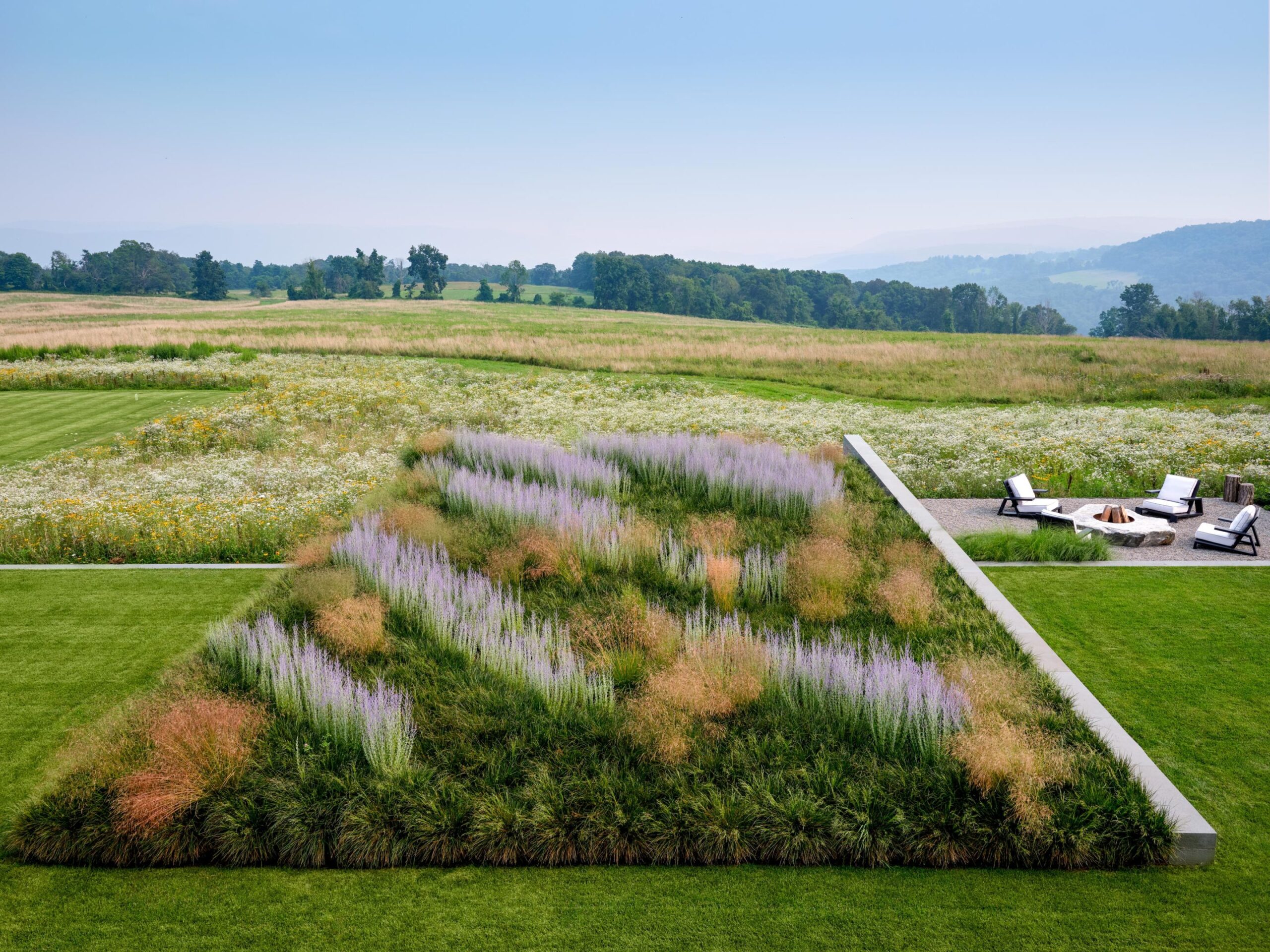
When it comes to landscaping, a lush green grass lawn has long been considered the gold standard in the Western world. But before you start defending your patch of turf, it’s time to face the facts: your grass lawn is horrible for the environment.
Traditional grass lawns, while admittedly beautiful at times, can be resource-intensive, chemically dependent, and lack any sort of biodiversity, contributing to a more fragile ecosystem.
In this article, we’ll explore five simple ways you can create a greener, more eco-conscious lawn that not only enhances your outdoor aesthetics but also contributes positively to the environment.
1. Plant Native Species
One of the best ways to create a sustainable lawn is to use native plants and wildflowers. Native species are adapted to your region’s climate, requiring less water and maintenance. They also support local wildlife, including pollinators like bees and butterflies. Research which native plants thrive in your area and design your lawn around them.
2. Xeriscaping
Xeriscaping is a landscaping technique that focuses on water conservation. Replace traditional grass with drought-resistant plants, succulents, and ground covers. These options not only reduce water consumption but also eliminate the need for frequent mowing and fertilization.
3. Food Gardens
Convert part of your lawn into a vegetable or herb garden. Growing your own food can be incredibly rewarding, reduce the need for lawn maintenance, and promote sustainability. You’ll also enjoy fresh, organic produce right from your backyard.
4. Permeable Pavers
Instead of a traditional lawn, consider using permeable pavers or stones in your outdoor space. These materials allow rainwater to penetrate the ground, reducing runoff and the risk of erosion. You can create beautiful pathways, patios, or even a permeable driveway that not only looks attractive but also helps manage stormwater.
5. Artificial Turf
If you’re looking for the appearance of a grass lawn without the maintenance and water requirements, consider artificial turf. High-quality synthetic grass mimics the look and feel of real grass while eliminating the need for watering, mowing, and chemical treatments. It’s a long-lasting, low-maintenance option.





